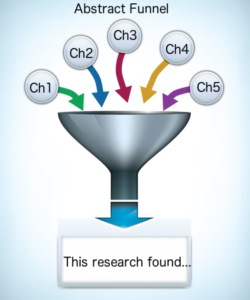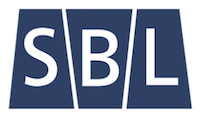I have often been reminded by authors, novice indexers, and publishers that there can be some confusion over what an index is actually supposed to do. They want so much detail in the index that it becomes a cumbersome abstract of the document. In other words, they make it so that you don’t really have to leave the index to get a synopsis of the information you desire.
This approach to “indexing” involves things like ten subheadings all with the same page number that follow little paragraph-long headings on the page. A simple main heading with a page number would suffice to get the index user to the page where all the information is clearly visible. The index becomes a sort of Cliff Notes for the text.
Abstracting in Action
An example of this abstracting phenomenon appeared in a textbook on pharmacology designed for nurses. I can see the publisher wanting to use the index for this abstracting purpose, so when the student is studying, they can use the index itself as a tool to review all the relationships among drugs and classes of drugs, as well as uses for different disorders. But this is not the usual purpose of an index, which is designed to point to the place in the text where information on a subject can be found.
I also encountered the abstracting idea in a multi-volume series on recruitment and management of state militias and their relationship to state and federal governments during the Civil War. The text is a very detailed, almost day-by-day account of primary source correspondence between government officials in organizing troops for the war. The author wanted a highly detailed “index” that copied faithfully the longish phrases in the text itself, to the point that the index was actually an abstract of what was on each densely packed, chronological, two-column page. I can see him wanting to extract the themes and legal details from this text because otherwise it’s quite the slog to read word for word.
But these are not really indexes.
An Index, on the Other Hand . . .
. . . is meant to be a much briefer keyword/key phrase alphabetical “map” to the document’s names and subject matter, which means that it should be easily and quickly scannable so that the index user can find the topic they are looking for and then go back to the place in the text to find the details.
What I’ve learned from these experiences is to better understand and estimate cost for the extended scope of this abstracting version of indexing (when I can’t talk the client into a real index). This approach makes for a much longer indexing process and justifies at least twice the cost of a normal index for the same material.
For you indexers out there, something to keep in mind so you can price your services appropriately and ask the right questions about what the client really wants from their index.





Leave a Reply